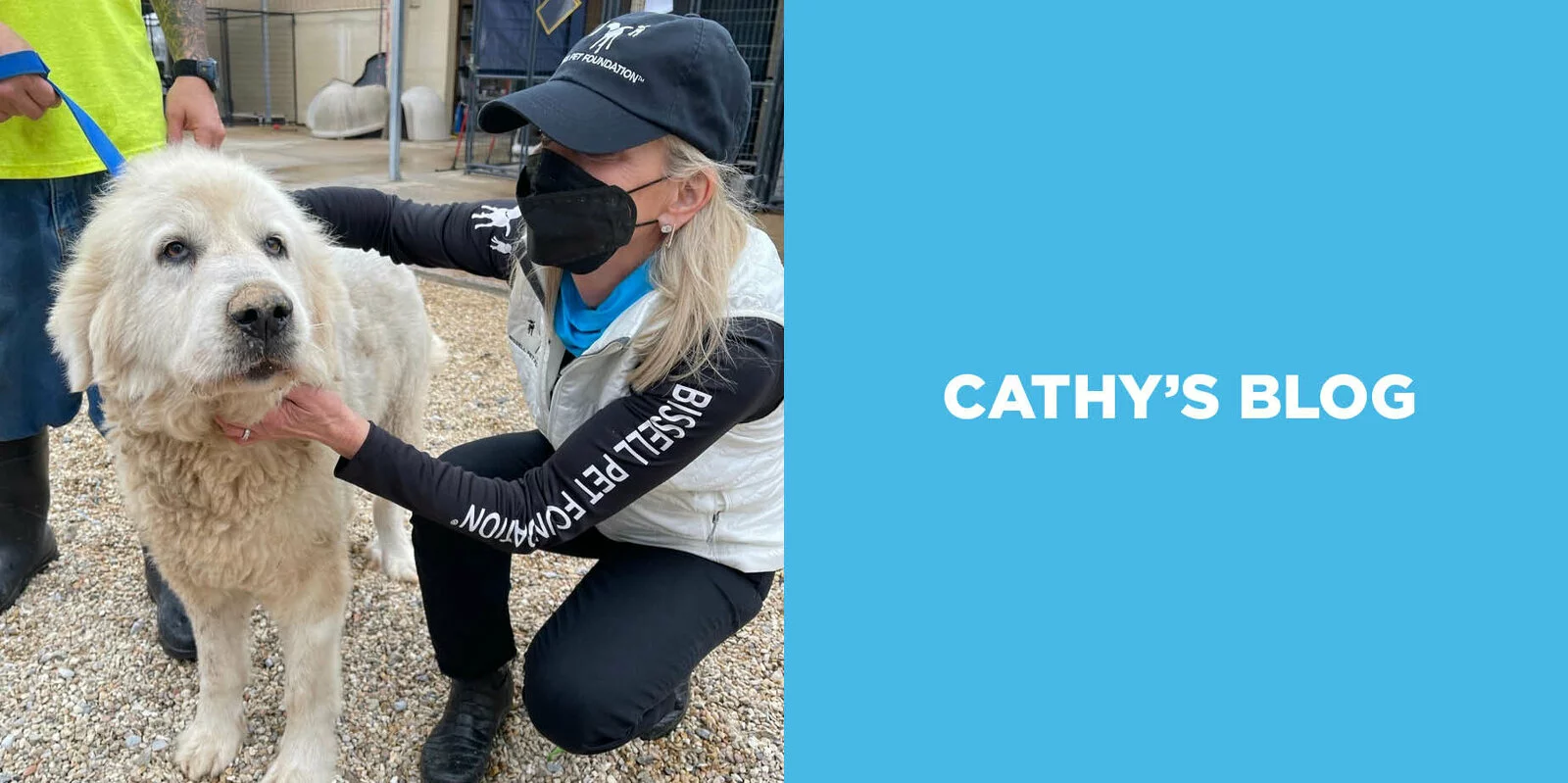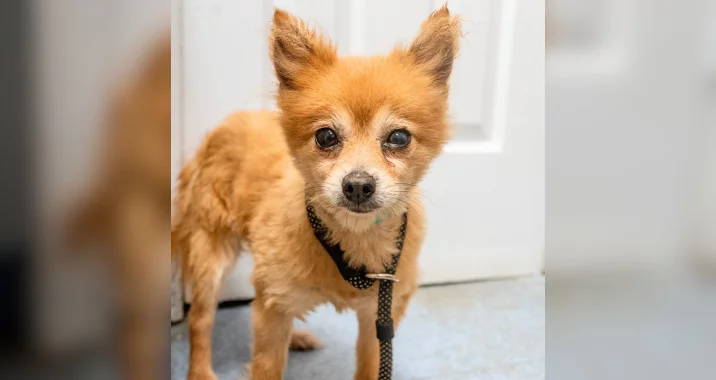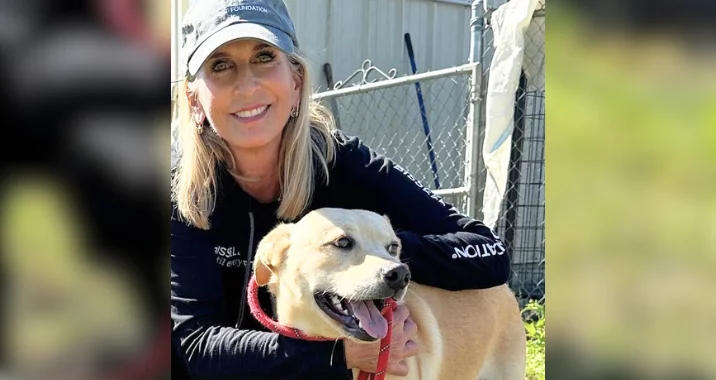BISSELL Pet Foundation Assists with 19 Cruelty Cases and Counting
We need to talk about large-scale animal cruelty cases, like hoarding situations and puppy mills, and how they impact our shelters and exhaust precious resources. Large-scale cases have always been complicated, but lately, it feels like there are more of them than ever. With shelters already feeling overwhelmed due to staffing shortages and longer length-of-stay for pets, finding placement and resources for pets from these cases has been a complex national puzzle. The cost is falling on our nation’s shelters in more ways than one.
To date, BISSELL Pet Foundation has been engaged in 19 cruelty cases in 2022, from hoarding and neglect to puppy mills. As per our mission to help shelters in crisis, we work with our partners to provide funding, resources, transport and placement for the pets involved. Since January 1, we have touched the lives of hundreds of cats and dogs that have been absorbed into the sheltering system after enduring severe neglect. The cost burden of these cases not only fell on the local municipality but also on BPF. These pets have lived in dangerous and filthy conditions. Medical and emotional conditions must be addressed, which takes time and funding, two items that are precious to our shelters and the pets within them.
BPF often provides coordination for transporting cruelty-case pets or grant funding for each pet that our partners take in to pay for immediate medical needs. You may not know that in many cases, we also provide an Emergency Empty the Shelters event for shelters that take cruelty victims into their programs. Understanding that these pets may need a bit of extra time to heal, we sponsor reduced adoption fees to encourage the adoption of pets currently in the shelter. Our Empty the Shelters media promotion and financial incentive motivates adopters and opens space to provide some breathing room for the pets from the case.
Executing a cruelty case is taxing and expensive. Now imagine doing the same one twice, or even three times. When laws are not adequate or not enforced, many offenders will simply get more animals and start again. We must do better for the animal shelters taking on the cases. It is vital to understand the cruelty laws in your state. In some cases, law enforcement may not completely know how to interpret “cruelty due to neglect” or the actual cost of executing a case. If we help them understand what it takes to house and care for cruelty-case pets within a sheltering system that is overwhelmed, would they commit to ensuring that they take advantage of the cruelty laws rather than making deals for surrender? If we share the actual cost of each pet, would they look at large-scale cruelty cases differently and act before they get even larger?
As an industry, we must stand together and communicate the impact of large-scale cases to our local officials. There is a ripple effect that starts with the pets from the cruelty case situations, the homeless pets already in the shelter, shelter staff, and the pets that need to enter the shelter from the community. There is also an opportunity to engage the community to recognize the basic signs associated with large-scale neglect cases, puppy mills and hoarding. If the public understands the physical and emotional suffering of the pets involved in these preventable cases, I believe they would demand a tougher stance from their officials.
Let’s work together to educate the public and our local officials and end the cycle of cruelty cases.



